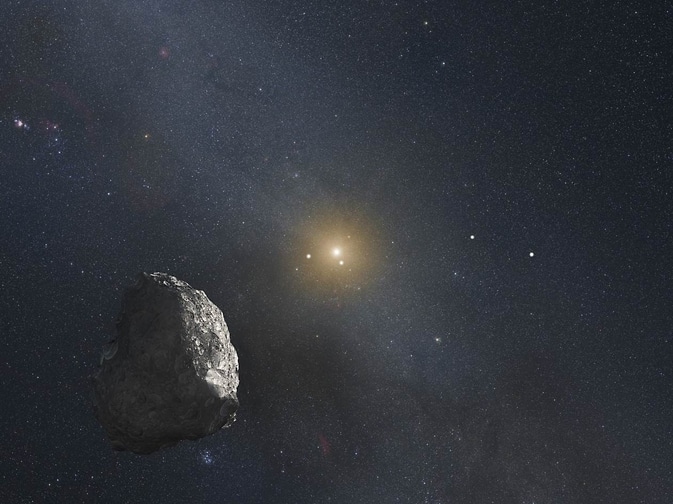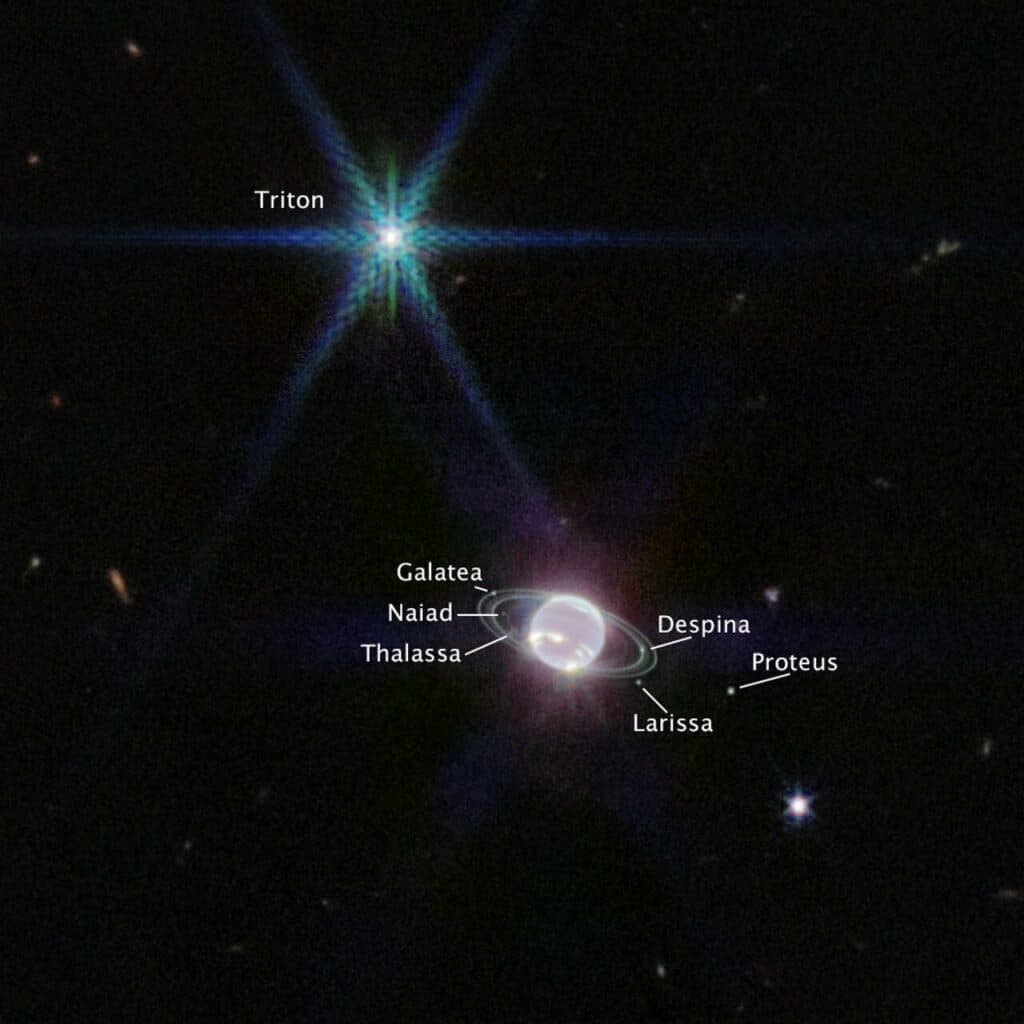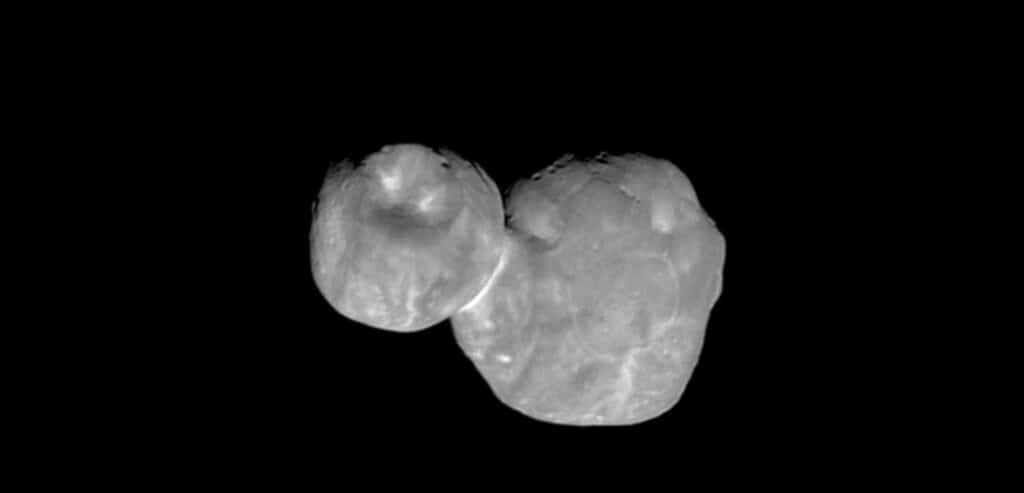In the far outer reaches of our solar system, beyond the orbit of Neptune, lies a vast region called the Kuiper Belt. This icy expanse is home to a myriad of small, frozen worlds that have remained largely unchanged since the birth of our planetary system some 4.6 billion years ago. Now, a new study, published in the journal Icarus, suggests that these ancient relics may be harboring a surprising secret deep within their frigid interiors: pockets of primordial ice that have survived the eons.
The research, led by scientists from Brown University and the SETI Institute, focuses on a peculiar Kuiper Belt denizen known as Arrokoth. Also dubbed the “space snowman” due to its two-lobed shape, Arrokoth made headlines in 2019 when NASA’s New Horizons spacecraft zipped by for a close-up look. That flyby revealed an object that appeared to be a pristine time capsule from the solar system’s earliest days.

But Arrokoth’s well-preserved state posed a bit of a puzzle. Scientists had long assumed that the most delicate and volatile ices, like carbon monoxide (CO), should have escaped from small Kuiper Belt Objects (KBOs) over billions of years of slow heating. Yet Arrokoth showed no signs of significant ice loss. What was going on?
To investigate, researchers developed a new mathematical model for how ices behave inside tiny, porous bodies like Arrokoth in the deep freeze of the outer solar system. Their findings suggest that under the right conditions, even highly volatile substances like CO can remain locked away in KBO interiors for immense spans of time.
“We’ve shown here in our work, with a rather simple mathematical model, that you can keep these primitive ices locked deep within the interiors of these objects for really long times,” says study co-author Sam Birch, a planetary scientist at Brown University, in a media release. “Most of our community had thought that these ices should be long lost, but we think now that may not be the case.”
The key, according to the model, is Arrokoth’s extreme coldness. At the Kuiper Belt’s vast distance from the sun, temperatures can plunge to a mere 40 degrees above absolute zero. In this deep chill, ice sublimation — the process of going directly from solid to gas, skipping the liquid phase — slows to a crawl.
Here’s how it works: for an ice molecule to escape Arrokoth’s porous, sponge-like interior, it first needs to sublimate into a gas. But that gas can only move outward by causing more ice ahead of it to sublimate as well. It’s a bit like a game of molecular dominoes.
“The trick is that to move the gas, you also have to sublimate the ice, so what you get is a domino effect: it gets colder within Arrokoth, less ice sublimates, less gas moves, it gets even colder, and so on,” explains Birch. “Eventually, everything just effectively shuts off, and you’re left with an object full of gas that is just slowly trickling out.”
The end result is an object that may be chock-full of ancient CO and other primordial gases, slowly seeping out over eons. It’s a far cry from the conventional wisdom, which held that these volatiles should be long gone.
And Arrokoth is likely not alone. Researchers propose that many small KBOs could be similar “ice bombs,” their original volatile inventories still largely intact beneath the surface. At least, until a gravitational nudge sends them hurtling sunward. As these objects warm, all that preserved gas could furiously sublimate, driving a KBO’s sudden transformation into a comet.
This “awakening” process may help explain some comets’ startlingly violent outbursts as they make their first forays into the inner solar system. It’s as if they’ve been keeping icy secrets bottled up for billions of years, only to spectacularly spill them when they finally feel the sun’s full glare.
The implications extend beyond our solar system as well.

“There may well be massive reservoirs of these primitive materials locked away in small bodies all across the outer solar system — materials that are just waiting to erupt for us to observe them or sit in deep freeze until we can retrieve them and bring them home to Earth,” notes Birch.
Upcoming missions, like NASA’s planned Comet Astrobiology Exploration Sample Return (CAESAR) mission to snag bits of Comet 67P/Churyumov-Gerasimenko, could provide a chance to investigate this captivating idea. By probing comets’ icy hearts, we may gain a frozen glimpse of the solar system’s earliest ingredients, perfectly preserved against the ravages of time in the ultimate cosmic freezer.













Comments